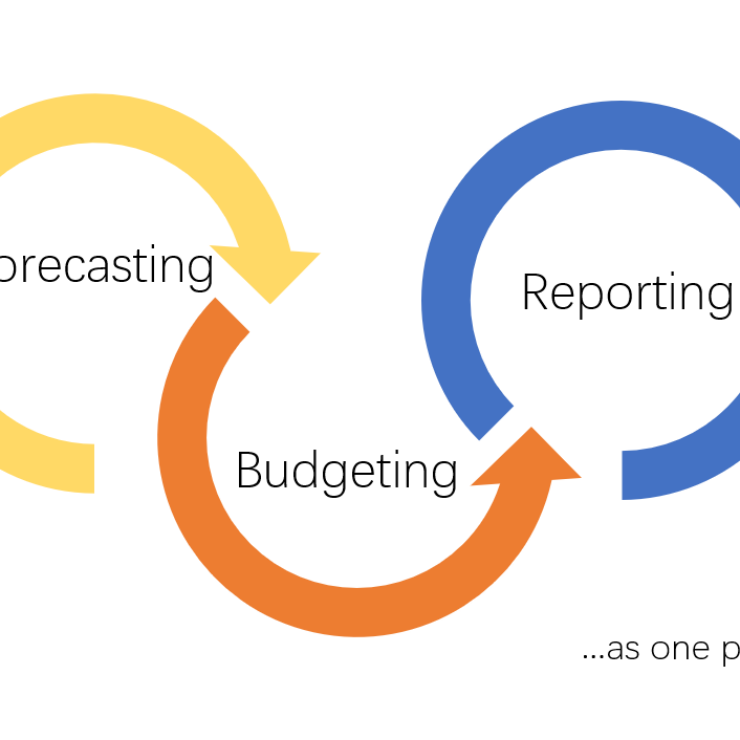The worldwide pandemic made it clear that all industries had to undergo digital transformation. Companies came to understand the value of digitizing data, simplifying operations, and automating laborious processes. Openscope ERP software evolved into a vital tool for overseeing business operations, integrating diverse divisions, and giving real-time operational insights. It serves as a centralized platform that gives companies the ability to optimize and streamline their core business processes, promote teamwork, and raise overall productivity.
Several functional areas within a business, including human resources, supply chain management, customer relationship management, and others, are frequently addressed by a wide range of modules included in Openscope ERP software. These modules are connected and share a common database, allowing for real-time data exchange and comprehensive operation analysis.
Before the pandemic, organizations implemented various strategies to effectively utilize ERP software like:
Needs Assessment:
Before choosing an ERP system, organizations carefully examine their company needs and procedures. This requires locating trouble spots, inefficiencies, and problem regions.
Change management:
Organizations understood that deploying an ERP system required considerable adjustments for employees. They, therefore, created change management tactics to assist and support staff members during the changeover.
Data Migration:
Businesses planned their strategy for moving data from legacy systems to the new ERP software. To make sure that accurate and pertinent data was moved to the new system, they conducted data cleansing and transformation activities. To reduce mistakes and assure data integrity, mechanisms for data validation and testing were put in place.
Phased Implementation:
Many firms chose to implement ERP in phases. The organizations structured their projects into manageable phases or modules, which improved control, decreased risks, and allowed businesses to gradually adapt to the changes.
Strategies to consider when utilizing ERP software in the post-pandemic economy:
Embrace cloud-based ERP:
The epidemic has brought attention to the value of remote work and flexibility. By switching to a cloud-based ERP system, businesses may access their data and apps from any location, simplifying flexible work arrangements.
Increase Supply Chain Resilience:
The epidemic affected global supply chains, highlighting the need for resilience. By giving real-time access to inventory levels, demand forecasting, and supplier performance, ERP systems can significantly enhance supply chain management.
Strengthen Data Analytics and Business Intelligence:
ERP systems provide comprehensive capabilities for data collecting and analysis. Organizations should concentrate on utilizing these talents to gain insightful information, spot patterns and make wise business decisions. Purchasing cutting-edge analytics software and integrating it with the ERP system can help businesses gain a competitive edge.
Emphasize Cybersecurity:
As the world grows more digital, cybersecurity is more important than ever. When using ERP software, organizations should put a high priority on data security and privacy. This entails putting in place strong security measures, applying software patches regularly, performing vulnerability analyses, and training staff members on cybersecurity best practices.
Emphasis on Customer Experience:
By integrating CRM modules with ERP systems, businesses can improve customer experience by managing customer data more effectively, creating personalized marketing campaigns, processing orders quickly, and providing better customer support.
As a result, businesses that want to use ERP software in the post-pandemic economy must develop tactical strategies that consider the changing commercial climate. These methods can aid companies in making the most of ERP software in the post-pandemic economy. They can gain a competitive edge in a developing and unpredictable business environment while increasing organizational effectiveness, adaptability, and customer satisfaction.




